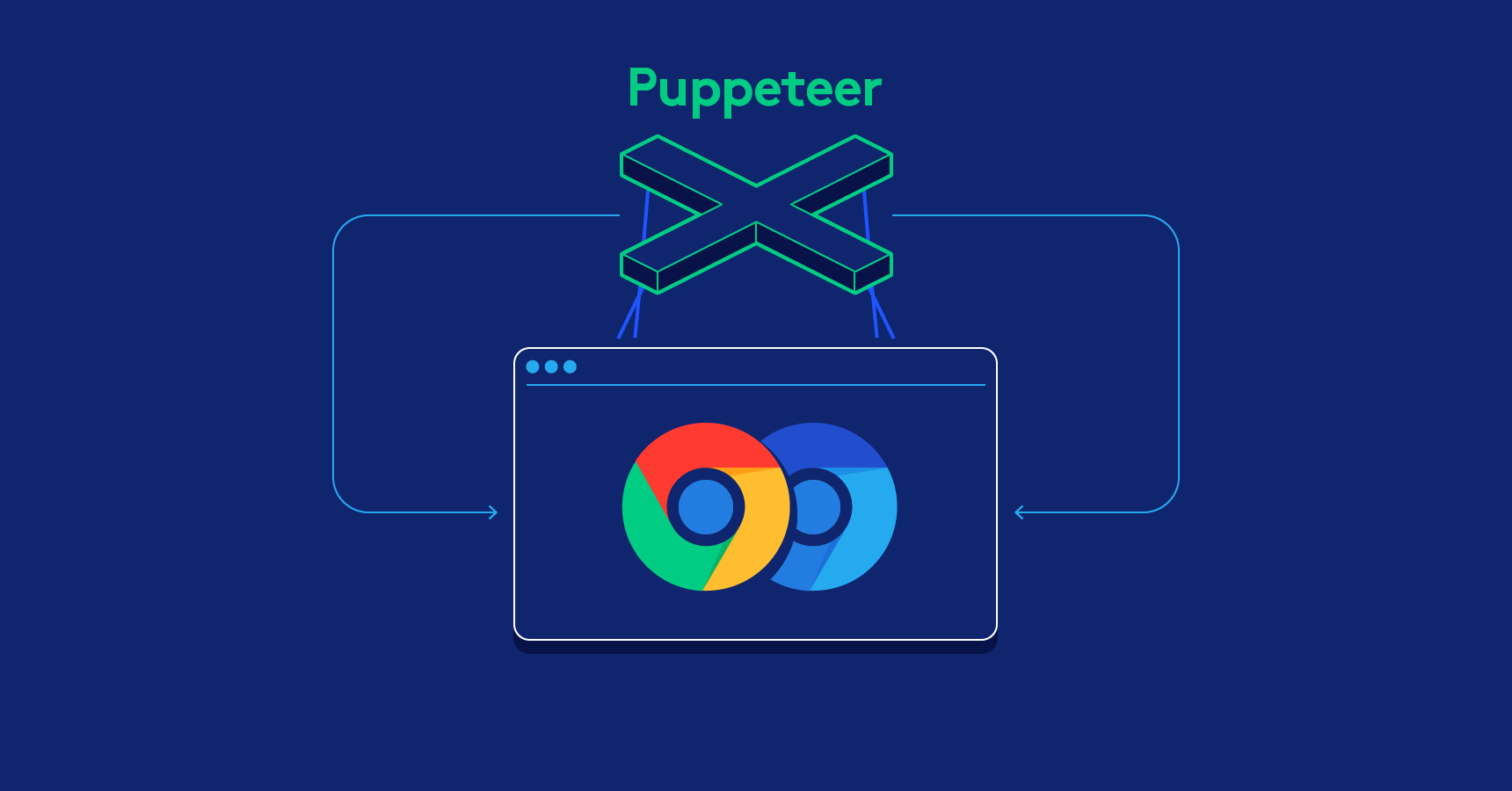Current data suggest that data-driven businesses are 23 times more likely to acquire customers and buyers.
This means that prioritizing data collection and analysis plus prompt application makes a brand 23 times more likely to make sales. This is a great incentive for every business to jump into the internet and commence data extraction and parsing.
However, the actual data collection process has become more complex over the last few years. For instance, while many websites were written with HTML language in the past, the more recent websites are now written with JavaScript.
The bulk of websites and data sources are based on JavaScript. While making things appear more appealing, most of the scraping bots in the market find it difficult to interact with JavaScript content.
Luckily, certain tools can easily interact with JavaScript websites and automatically extract and render their content. Some of these tools can be built using Puppeteer and Nod.js, as we will see shortly.
Definition of Web Scraping
Web scraping or data extraction is the automated gathering of data from websites, servers, key marketplaces, and social media platforms.
The most successful web scraping focuses on using highly sophisticated tools to quickly and automatically extract data from a target source.
Usually, some of these tools include scraping bots and proxies, amongst others, and the more advanced and automated they are, the faster the process and the better the results.
Scraping from multiple sources also ensures that only the best and most reliable datasets are used to make financial and business decisions, but this also means the tools need to be high-level to function effectively.
How Web Scraping Is Related to JavaScript, Puppeteer and Node.js
When the internet started, it was not obvious that data would one day become the most important item on it. But once this happened, websites started to spring forth, and tools were built to collect and analyze this data.
The early versions of websites were built off HTML and CSS JC; their content could be collected by scrapers that can read, understand and interact with HTML content.
But as technology grew, more sophisticated languages were used to build websites. Today, most of the websites on the internet are designed with JavaScript.
This allows for more features and a better user interface for the humans accessing the websites. On the other hand, it constitutes one of the biggest challenges of scraping bots, in particular, and web scraping, in general.
Regular web scraping tools cannot harvest data from JavaScript websites and often break down when exposed to such content.
It became important to invent new tools that could efficiently interact with and harvest JavaScript content.
Today, most of these tools are built using Node.js and Puppeteer, which allow you to scrape any data you need using a headless browser successfully.
Benefits of Using Puppeteer and Node.js for Web Scraping
The following are some of the benefits of using Puppeteer and Node.js for web data collection.
- Works Remotely
With the tool built with Node.js and Puppeteer, you can stay remotely and control a headless Chrome browser with no Graphical User Interface but with complete functionality.
This means you can easily collect the data you need without having to do too much.
- Simplicity
Ease and simplicity are some additional benefits you will enjoy when you use Node.js and Puppeteer to develop tools for browsing.
You may directly scrape the data or use the provided API feature if the data source supports it.
- Switching Location
It is also very possible to change your location while using this tool. This is a huge benefit for those who cannot scrape some servers and websites because of geo-restriction technologies.
With these tools, all you need to do is select a different location and continue scraping without getting bothered again.
Step by Step Guide on How to Scrape the Web with Puppeteer and Node.js
The following are steps that you need to perform if you want to use Puppeteer and Node.js to scrape the internet:
- Install Node.js and node package manager (npm), then run a command line to be sure they are installed properly and running correctly
- Next, create a folder to store all the scraping projects and data, then name it to help you remember it easily
- Run a command line to open the created project folder in the virtual environment for easy coding and launching
- Create and add the necessary dependencies to the folder. This will ensure automation and allow the scraping to occur smoothly
- Install Puppeteer and run it to be sure it is working properly
- Launch the scraper on the Chrome browser and commence data extraction
- Ensure you are targeting the correct URL address, and once on the website, click an element by its selector to extract from a given path
- Extract the data you need,d then exit the Chrome browser before storing the data in the available storage system
- The data could be saved as a JSON or CSV file depending on what you want
Conclusion
To get the data you need to grow your business, you will be required to use the best tools. These tools are those that can scrape from any modern website.
Using Puppeteer often requires you to undergo a short Puppeteer tutorial as this will guide you on how to extract data comfortably and in a smart way. Visit this website to take the Puppeteer tutorial on scraping with a headless browser.
